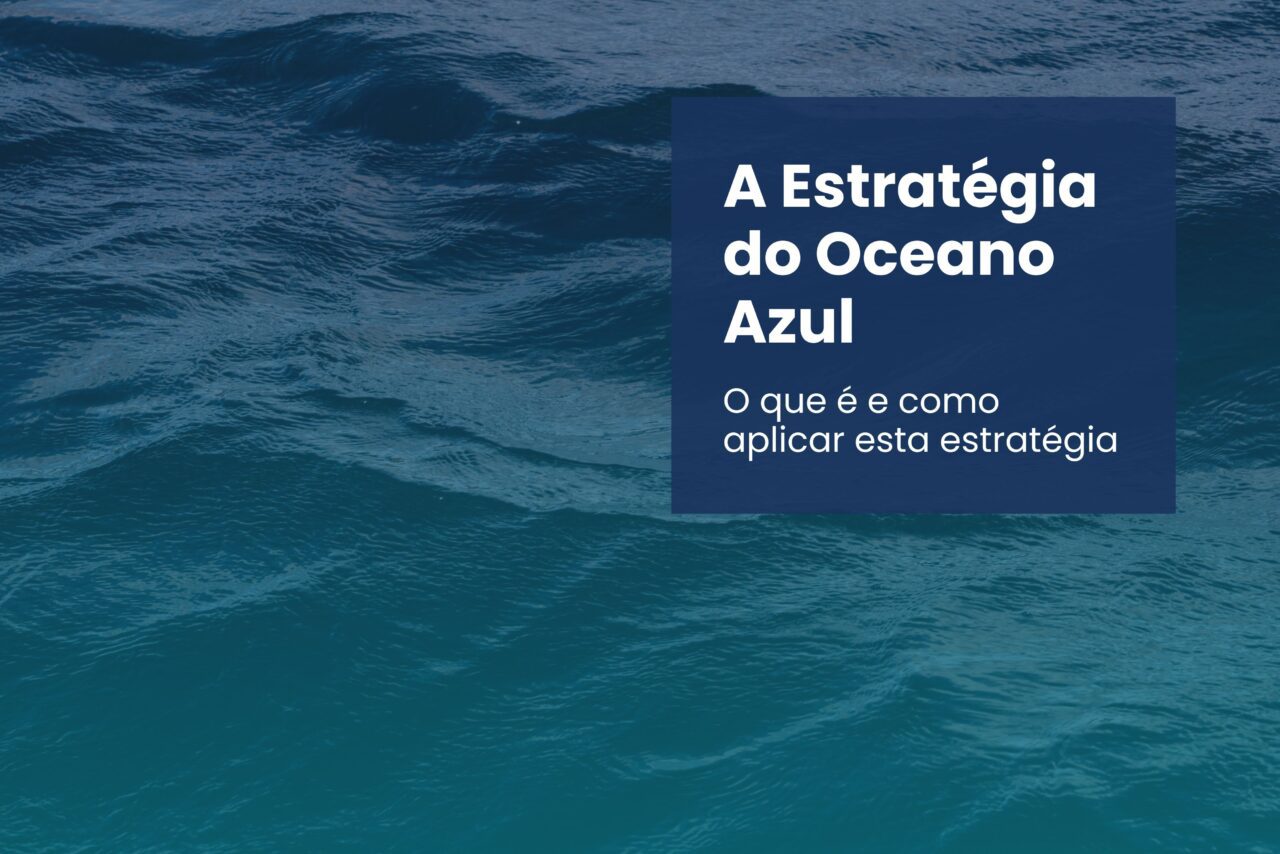

The Blue Ocean Strategy
What is this strategy and how to apply it?
When talking about organizational strategic planning, companies usually seek to stand out from their competitors, through differentiation strategies, cost leadership or exploitation of a niche. The blue ocean strategy seeks to get away from the idea of outperforming the competition and reach a middle ground between these strategies.
The Chinese scholar Chan Kim and the French Renée Mauborgne argue in their book The Blue Ocean Strategy that "to win in the future, companies must stop competing with each other.". So the blue ocean represents where there are untapped markets, while the red ocean represents saturated markets.
Blue Ocean vs Red Ocean
Before we look at the blue ocean strategy, we must first look at the red ocean, as it represents the market as we know it.
Red Ocean
In the red ocean, companies are trying to increase their profits by market shareThey are outcompeting or even eliminating their competitors. This is because the market in which these companies operate is saturated or in the process of being saturated. Thus, they compete on an equal footing, for the same consumer segments and adopting exactly the same strategies. The only difference is in the services, which may just be better and cheaper, with the aim of offering customers better value for money in exchange for their loyalty. Red ocean strategies, while necessary, are not enough to sustain high performance. To achieve long-term success, companies need to go beyond the competition to seize new opportunities for profit and growth that can be used to create blue oceans for their businesses.
Blue Ocean
The blue ocean strategy is defined as "the simultaneous search for differentiation and low cost to open a new market territory and create new demand". It consists of developing a differentiated product or service that launches a new segment and challenges the known structure of the industry. Since in the blue ocean there are no established businesses or competitors, companies are free to innovate by investing in creative solutions.
The 8 key points of the blue ocean strategy
In the book The Blue Ocean Strategy, Chan Kim and Renée Mauborgne list eight advantages of the methodology for companies:
1. strategy based on hard data and facts
The blue ocean strategy is a scientific and qualified analysis, since it emerged from several strategic actions that have been tested in various sectors over several years.
2. It is possible to combine differentiation and low cost
Blue ocean strategies seek to simultaneously exploit the benefits of low cost and differentiation, countering the idea that entrepreneurs must choose between differentiation or cost optimisation, the aim being to create the conditions for the company to offer innovation at the best cost-benefit ratio.
3. Creates an unexplored territory free from competition
The aim is to innovate beyond what is already known and increase business possibilities, making the competition virtually irrelevant.
4. Provides tools to capitalise on opportunities
Blue ocean tools lead teams to work methodically to create new solutions and devise new market positions.
5. There is a step-by-step process to be followed
Creating a blue ocean is a systematic process, in which the strategy will be implemented through 4 well-defined and tested steps to understand how to capture customers and retain them.
The 4 steps of blue ocean strategy implementation:
1. Visual awareness - This step basically works as a kind of benchmarking. In which a comparison is made of your company with the competition, highlighting the strengths and points of improvement.
2. Visual exploration - With the data from the previous step and the possible paths for developing an innovative value, the visual exploration aims to find a differentiating aspect of the business and invest in it.
3. Presentation of the visual strategy - the developed strategy is presented to an audience, consisting of both customers and non-customers and even customers of competitors, so that ideas and proposals can be evaluated.
4. Visual communication - Finally, the information acquired is summarised in a final model, the aim of which is to ensure the highest possible profit and the lowest aggregate risk.
6. Maximise Opportunities and Minimise Risks
Through the Blue Ocean Ideas Test (TOA), it is possible to test the feasibility of ideas so that no risks are taken, increasing the chances of achieving success.
7. Easy to implement strategy
The process and tools of this strategy are easy and intuitive to understand, motivating the execution of actions and enabling effective implementation.
8. It is a win-win strategy
A abordagem do oceano azul mostra como alinhar valor, lucro e pessoas, criando condições para que as equipas possam inovar, resultando em soluções que prometem o sucesso, incluindo também a satisfação dos clientes.





Leave a reply